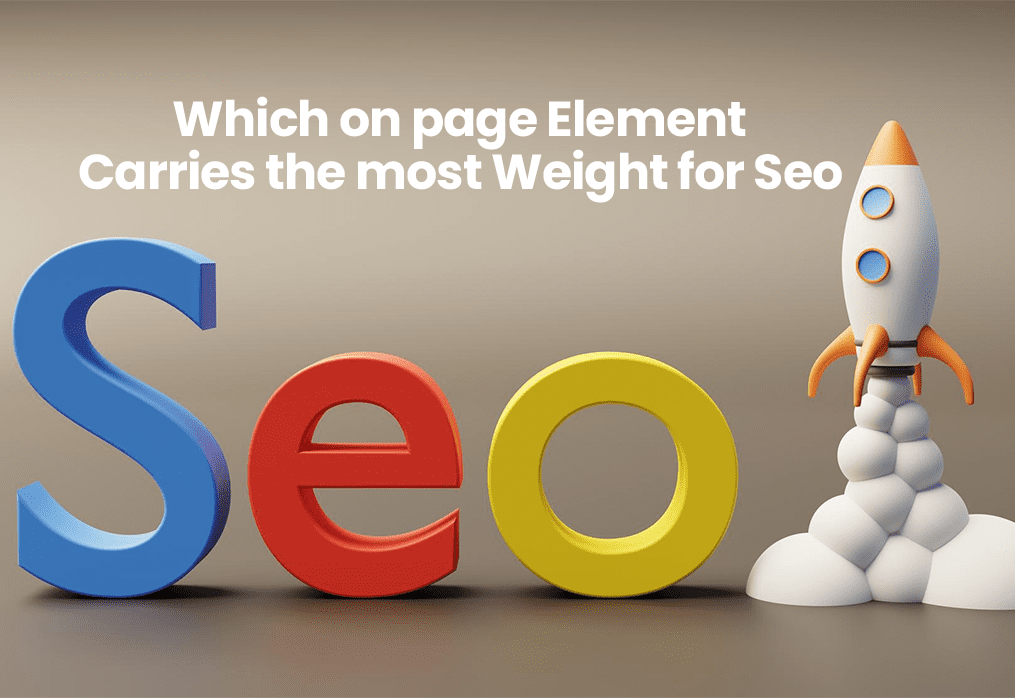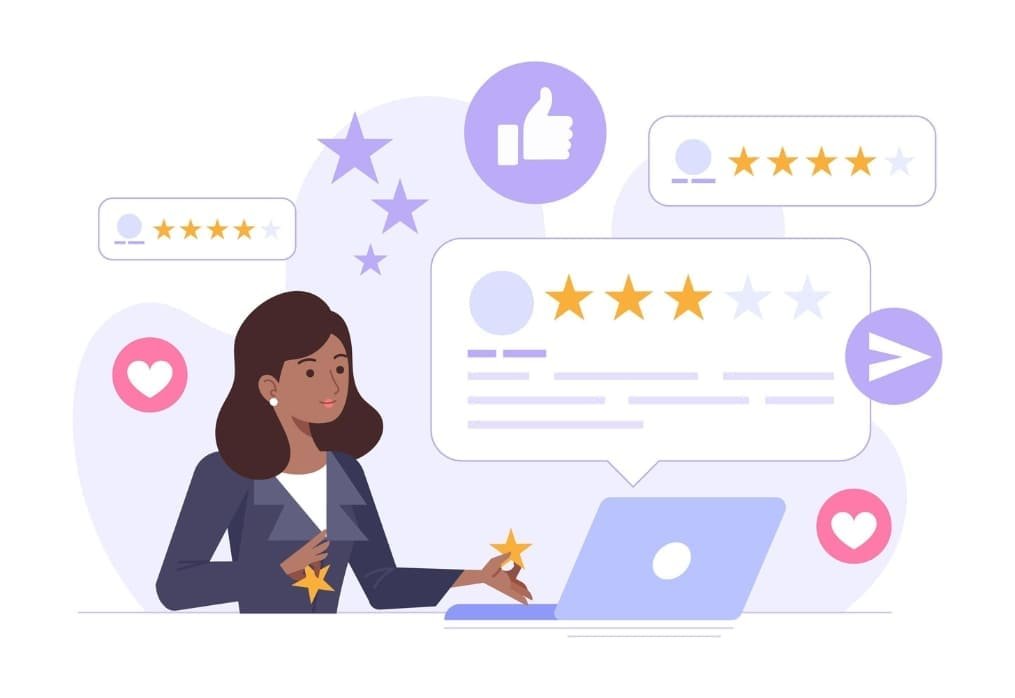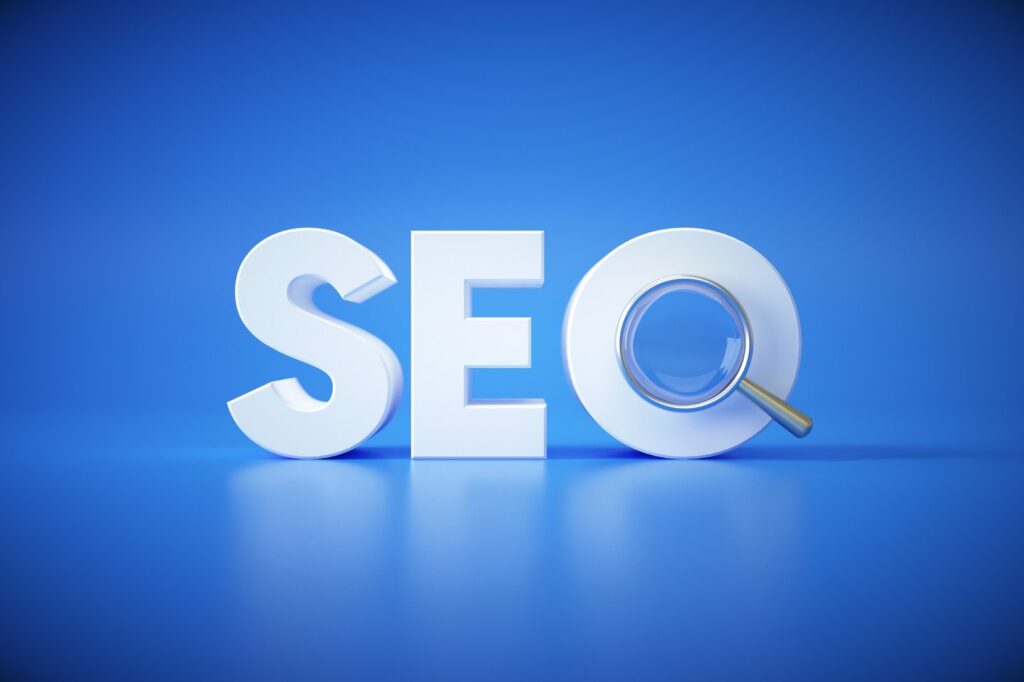Latest SEO Tips For 2024
SEO, or Search Engine Optimization, is the practice of enhancing a website’s visibility on search engine results pages (SERPs). It involves optimizing various elements of a website to make it more appealing to search engines like Google, Bing, and Yahoo. The ultimate goal of SEO is to increase organic (non-paid) traffic to a website by ranking higher in search engine results for relevant queries. In 2024, the digital landscape and search engine algorithms are constantly evolving. What worked in SEO last year may not be as effective today. Staying updated with the SEO latest trends and best practices is crucial for maintaining and improving a website’s search engine visibility. By keeping abreast of changes in search algorithms, marketers and website owners can adapt their strategies to remain competitive in the online marketplace. 1.Content Optimization In 2024, search engines prioritize high-quality, relevant content over sheer quantity. Rather than focusing solely on churning out numerous pieces of content, it’s essential to prioritize creating content that offers value to the audience. Valuable content engages users, encourages them to stay on the site longer, and increases the likelihood of earning backlinks and social shares. User intent refers to the underlying motive behind a user’s search query. In 2024, search engines are becoming increasingly sophisticated in understanding user intent and delivering relevant results. To optimize content effectively, it’s essential to understand the intent behind different search queries and tailor content to meet those needs. This may involve creating informative articles, product guides, how-to tutorials, or other content formats based on user intent. Multimedia content such as videos, images, and infographics can enhance the user experience and make content more engaging and shareable. In 2024, optimizing multimedia content for search engines is crucial for improving visibility in search results. This includes optimizing file names, using descriptive alt text, and providing relevant captions or transcripts to make multimedia content accessible to search engines and users alike. 2.Mobile-First Indexing With the increasing use of smartphones and tablets, mobile-friendly website design is no longer optional—it’s a necessity. In 2024, search engines prioritize mobile-friendly websites in their rankings to provide the best possible user experience for mobile users. Websites that are not optimized for mobile devices may experience lower rankings and higher bounce rates. Site speed is a critical factor in both user experience and search engine rankings, especially on mobile devices where internet connections may be slower. Optimizing site speed for mobile devices involves minimizing server response times, reducing page load times, and optimizing images and scripts to improve overall performance. Responsive design ensures that a website adapts seamlessly to different screen sizes and devices, providing users with a consistent and intuitive browsing experience across desktops, tablets, and smartphones. In 2024, responsive design is not only beneficial for users but also favored by search engines for its role in improving mobile usability and accessibility. A positive user experience leads to higher engagement, lower bounce rates, and ultimately, better search engine rankings. 3.Voice Search Optimization Voice search is increasingly shaping the way people interact with search engines. With the rise of virtual assistants like Siri, Google Assistant, and Alexa, voice search has become more prevalent. In 2024, businesses and website owners need to consider how voice search impacts their SEO techniques and strategies. Voice search queries tend to be more conversational and longer, emphasizing the importance of optimizing content for natural language queries. Unlike traditional text-based searches, voice searches are often phrased as questions or conversational queries. To optimize for voice search, content should address common questions and provide direct answers in a clear and concise manner. Structuring content in a question-and-answer format and using natural language that mirrors how people speak can help improve visibility in voice search results. Featured snippets are concise answers displayed at the top of search engine results pages in response to specific queries. In 2024, optimizing content to appear as a featured snippet can significantly enhance visibility in voice search results. Structured data markup, such as Schema.org markup, helps search engines understand the context and meaning of content, increasing the likelihood of appearing in featured snippets for relevant queries. 4.Artificial Intelligence (AI) and Machine Learning Search engines like Google employ AI and machine learning algorithms to deliver more relevant and personalized search results. These algorithms analyze various factors, including user intent, content relevance, and website authority, to rank pages effectively. In 2024, understanding how AI algorithms work is crucial for optimizing content and improving search engine visibility. AI-powered tools can streamline keyword research, content optimization, and competitor analysis processes. These tools analyze vast amounts of data to identify trending topics, relevant keywords, and content gaps. By leveraging AI tools, businesses can create content that resonates with their target audience and aligns with search engine algorithms’ preferences. AI and machine learning enable search engines to personalize search results based on user preferences, search history, and behavior patterns. In 2024, understanding user behavior and preferences through data analysis is essential for tailoring content and improving user engagement. By analyzing user interactions and feedback, businesses can optimize their websites and content to better meet the needs of their audience. 5.Technical SEO Website security is paramount for both user trust and search engine rankings. In 2024, search engines will prioritize websites that use HTTPS encryption to protect user data and secure communication between the browser and the server. Migrating to HTTPS and obtaining an SSL certificate improves website security and enhances credibility and search engine visibility. A well-organized site architecture and intuitive navigation structure improve user experience and search engine crawlability. In 2024, optimizing site architecture involves creating logical pathways for users to navigate through the website and ensuring that search engines can access and index all relevant pages efficiently. Clear navigation menus, internal linking, and breadcrumb navigation aid in site navigation and discovery. XML sitemaps help search engines understand the structure and hierarchy of a website’s content, facilitating faster and more accurate indexing. In 2024, generating and submitting XML sitemaps to search engines is essential for
Latest SEO Tips For 2024 Read More »











